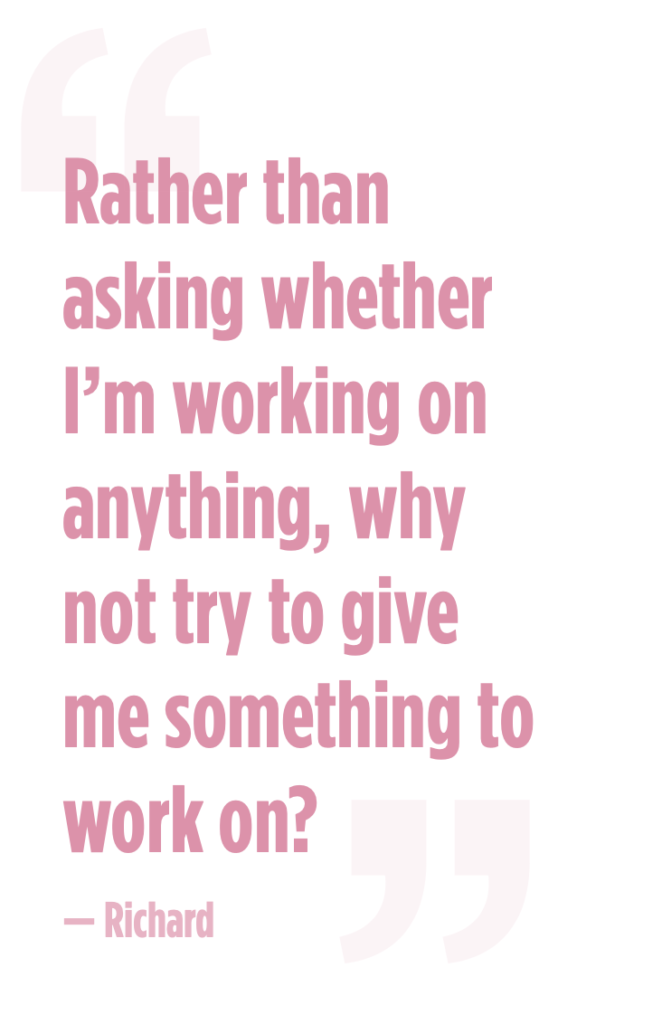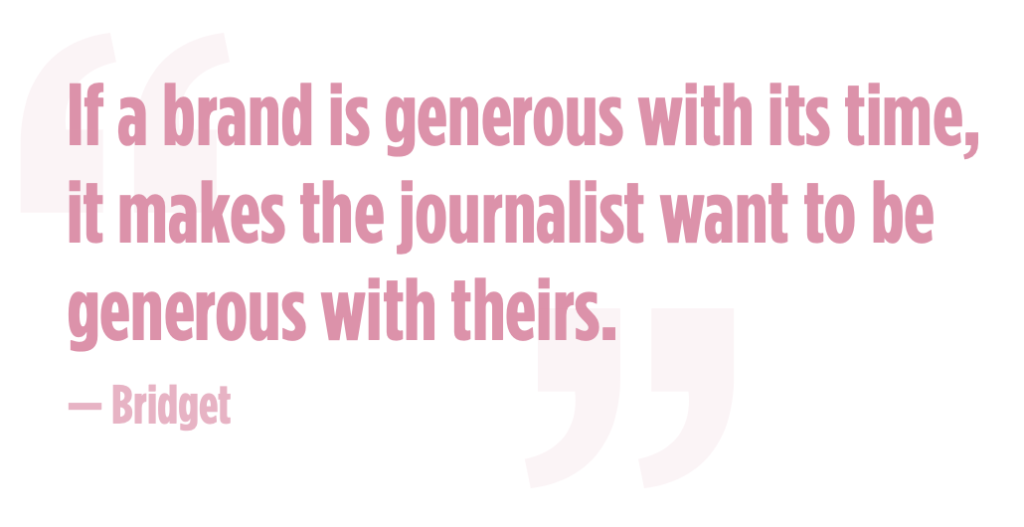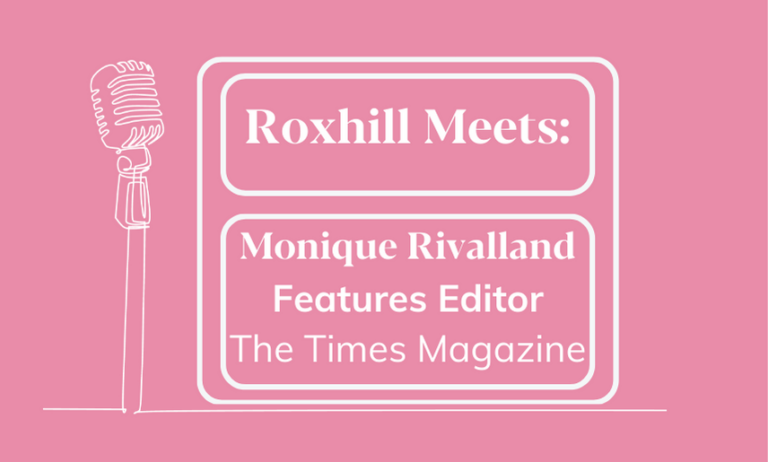Do you know the best way to get in touch with journalists?
Since the pandemic, journalists have realised that virtual meetings save taking time out to meet with a PR who might only take them through a client list. While face-to-face meetings are still valuable, be prepared for more phone chats and zoom calls.
Read on to find out the best way you can contact journalists so you can be the Perfect PR.

EMAIL
This is usually the best way to get in touch. But beware: if you email and specify a journalist’s name, or the title of their publication, make sure you get it right. Roxstar Richard Mellor is often sent emails to Ricardo or even Rupert and has been congratulated on his article in the Telegraph, when it was actually in the Times. Lisa Markwell has been called pretty much everything from Linda to Mark. In the grand scheme of things, it’s not a big deal, but it does show a lack of attention to detail which you might not want as your calling card. Also, there’s no need to be sycophantic by saying “I loved your article…” – just acknowledge the piece if it is relevant.
SUBJECT LINES
Emails that lead with a practical opener such as ‘Interview:’ and ‘Invite’, clearly present opportunities. Alternatively, include something exciting, like the mention of a relevant celebrity’s name, claim of TikTok virality, a short stat or a hashtag that’s trending. The reference of a journalist’s own work or brand franchise works well, too. Whatever the intent, don’t waste words.
CAN I CALL?
Some journalists don’t mind if you phone them, though it is usually once they have already formed a relationship with a PR. Others don’t answer calls at all as they inevitably come at an inconvenient time: when they are on deadline or writing the first paragraph of the day. If you ring someone without warning, it’s unlikely to ever be a ‘good time’. Better to text or email to request a call first, but before you do that, ask yourself if it’s vital that you actually speak to the journalist, or would a written message work just as well?
WHAT ARE YOU WORKING ON?
Do not email a journalist asking what they are working on, and attaching a client summary or list with USPs or the latest news. This kind of approach feels lazy and has a very low success rate. Most journalists issue an alert for round ups or ask PRs they know have applicable clients and who can be relied on for a prompt response. Instead, spend the time sending journalists some proper news, or researching pitch ideas.
GETTING JOURNALISTS TO MEET CLIENTS
One-to-one client meetings can be a hard sell, or not useful at all.
It is much more time efficient for journalists to meet a PR and to cover multiple clients in an hour. Also, clients usually don’t have the PR skill to focus on and best communicate their top stories. If you do want to introduce clients to journalists, consider something tempting such as an exciting venue, or the possibility of an exclusive with a great angle.

CLIENT EVENTS AND WHO YOU GET TO ATTEND THEM
While it’s always nice to meet the hotel GM who’s going to host you, or the founders and creatives behind the brands, neither is necessarily going to inspire a journalist to embark on a journey that will result in a story. Instead, think creatively about who might bring life to the story, and therefore the event – perhaps a rare explorer, skilled mixologist, talented or animated expert.
LIVE V DIGITAL
In this hybrid working world, finding space for both virtual and physical events within a brand’s strategy makes sense for all involved. Often this means virtual launch events for certain projects, and IRL events for others. This strategy feels fresh and different – surely two characteristics that the PRs are hoping to convey about the brand. It’s smart for other reasons, not least because it maximises potential press attendance with multiple options to choose from.
SENDING GIFTS
Unfortunately, sending goodies will not make journalists more likely to feature your client. If you are going to send something, though, try to make it both useful and stand out from the crowd – journalists receive a daily spree of gifts, most of which are chucked into the ‘free stuff’ box. Asking a journalist if they’d like to receive a gift and, where possible, letting them choose something from a brand for an experience that’s more involved is one approach. By navigating the company’s website and browsing their selections they get to know the brand better and can adopt a consumer’s perspective.
WHEN CAN YOU NAG A JOURNALIST TO PRINT A PIECE?
Sometimes the wait between the journalist writing a piece and actually seeing it in print is a long one. The best tactic is to ensure your client knows that coverage could be delayed from the get-go. It’s also worth considering whether to avoid publications which seem to specialise in delays, no matter how impressive they are.
You can ask for updates from journalists sporadically, which helps ensure the piece stays on their agenda. That journalist may prefer that you chase the editor directly, but always verify this first. If a piece has been delayed for a long time, when you ask editors, try to come across as quietly wronged; this might just secure your client some sympathetic bonus coverage in a list piece.
Need more tips?
Learn more about nurturing journalist relationships and excelling at your job with our PR Insights. Read about what makes a good image, why you need journalist mates and how to befriend them and check out our PR’s Essential Checklist for Pitching.












